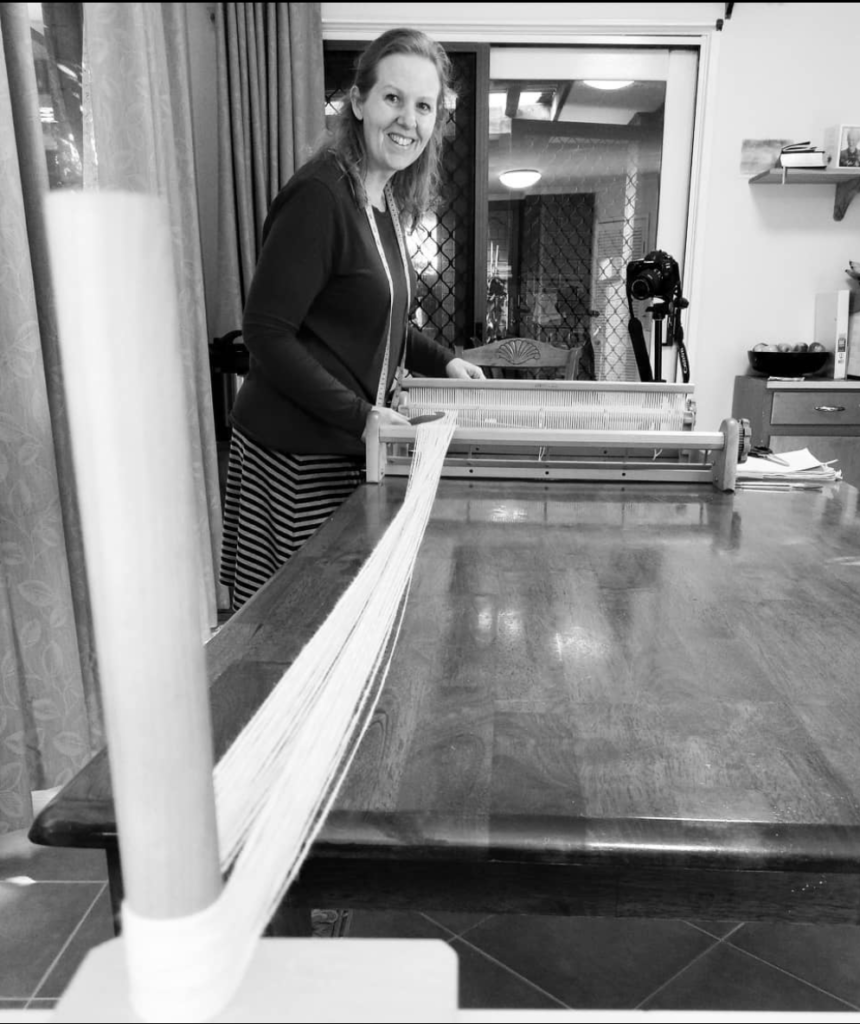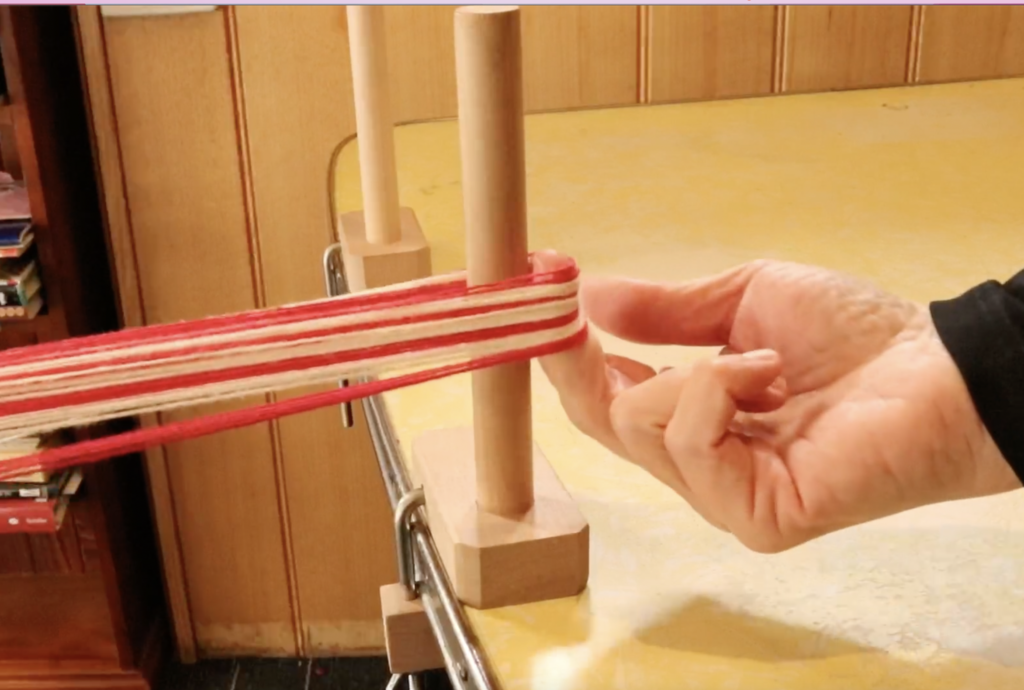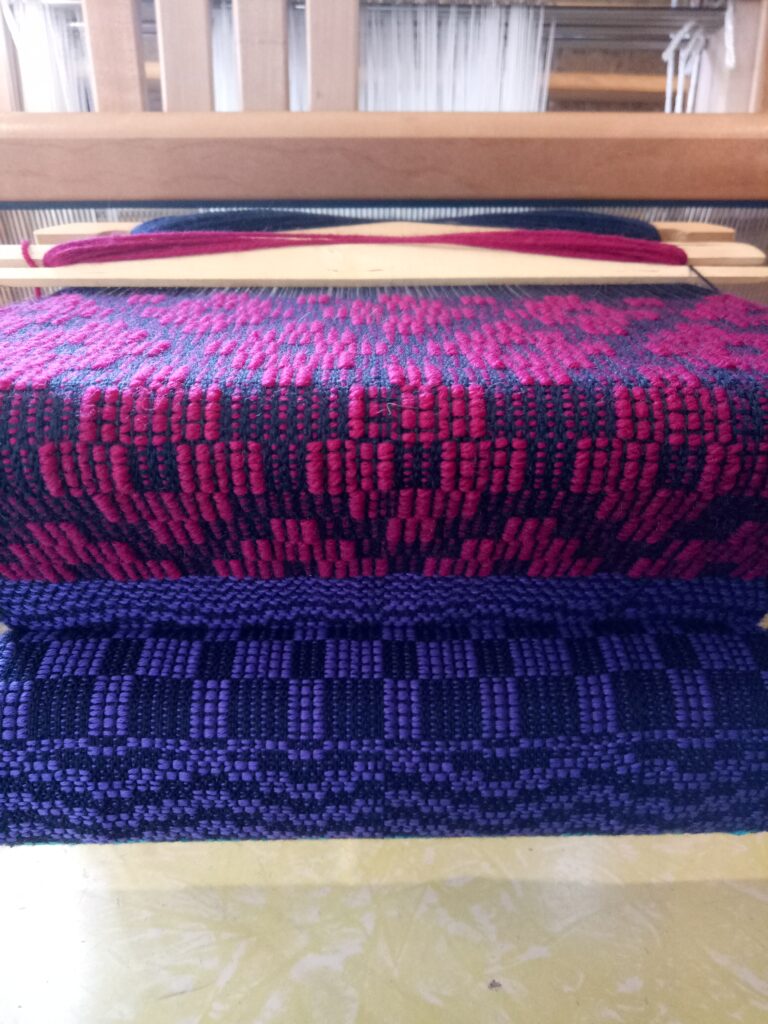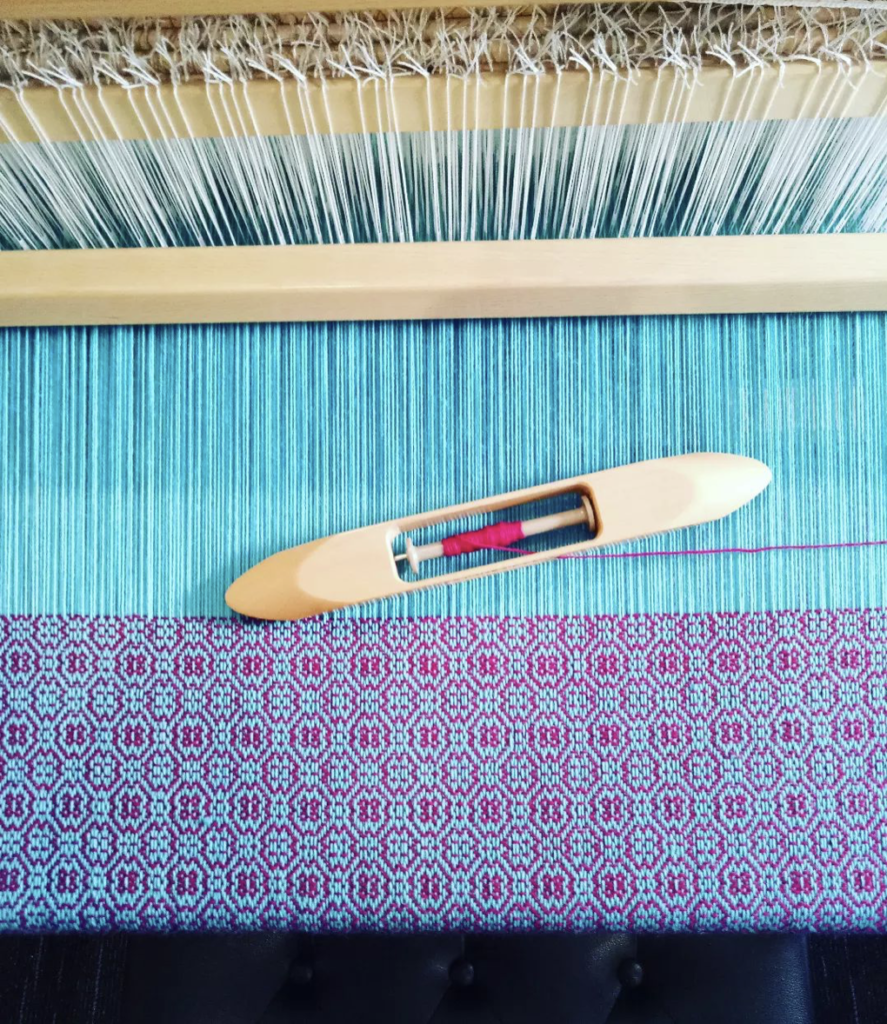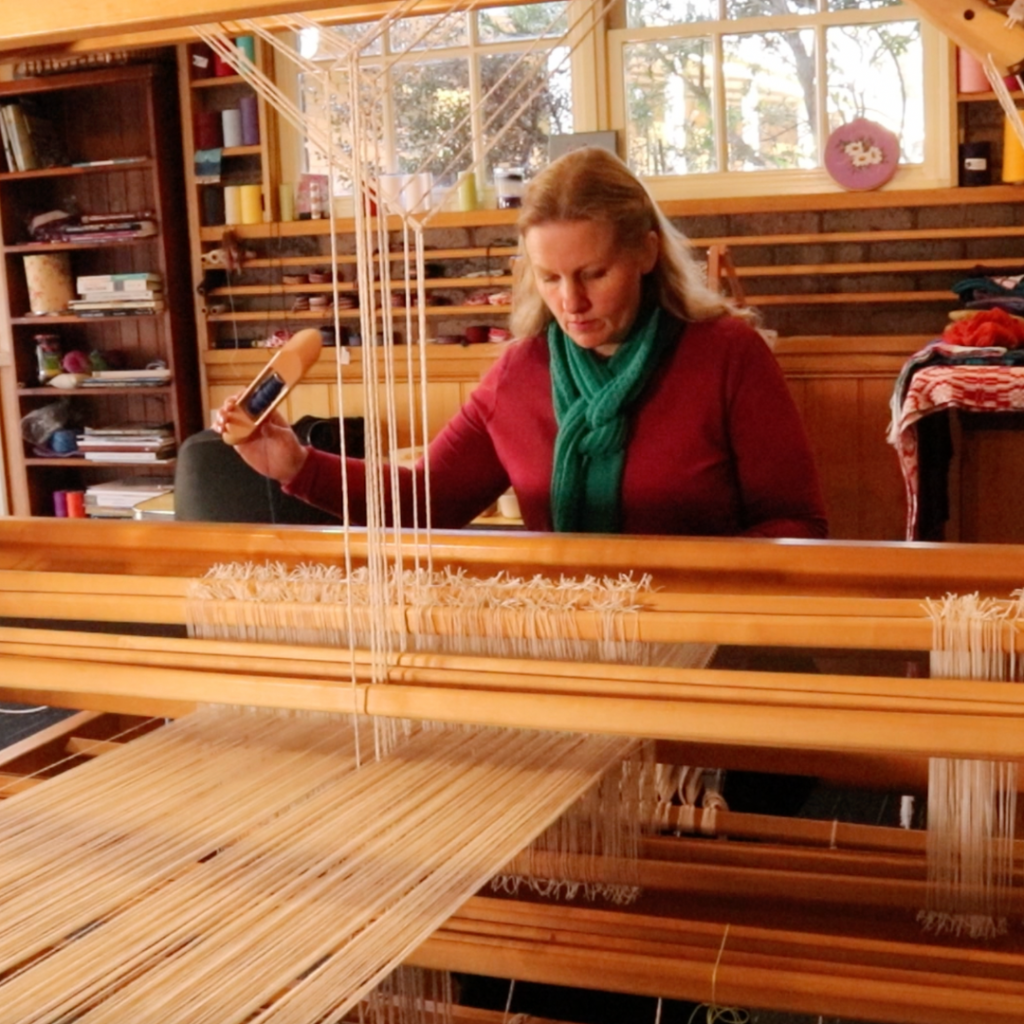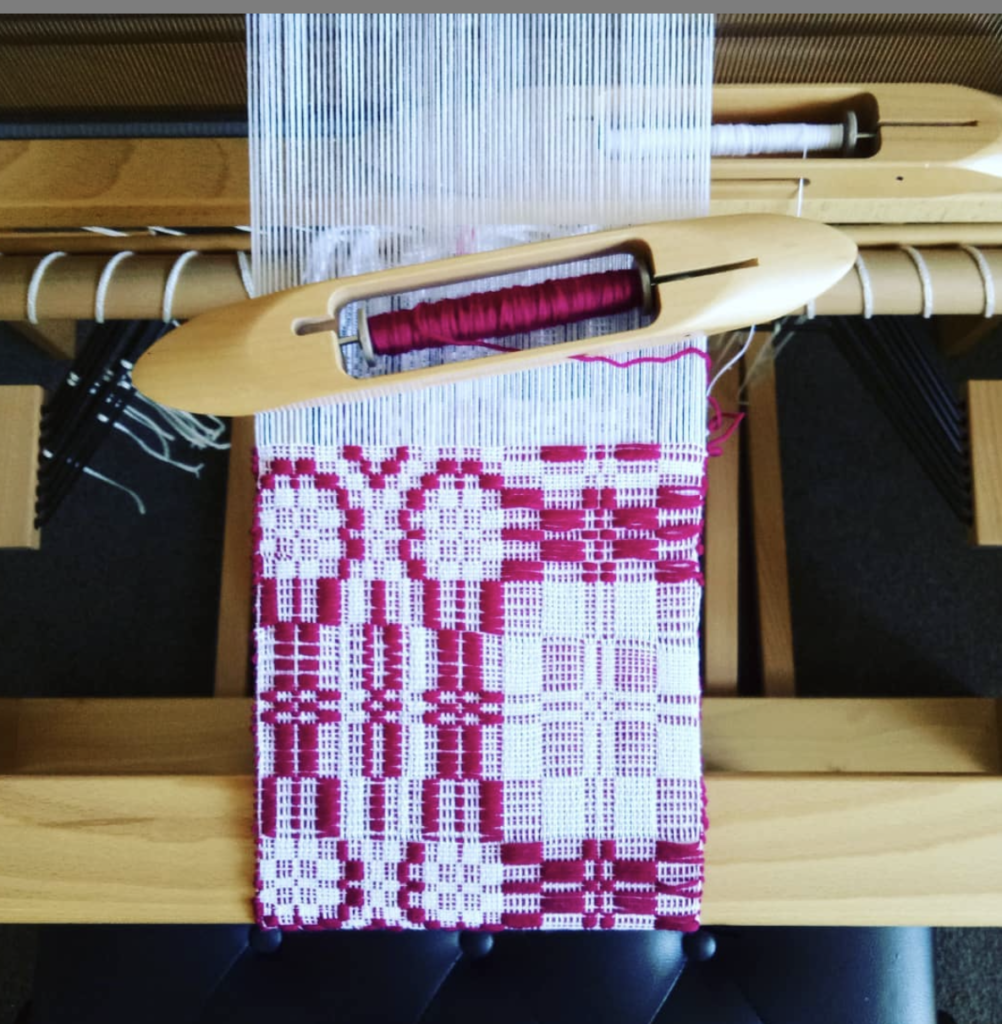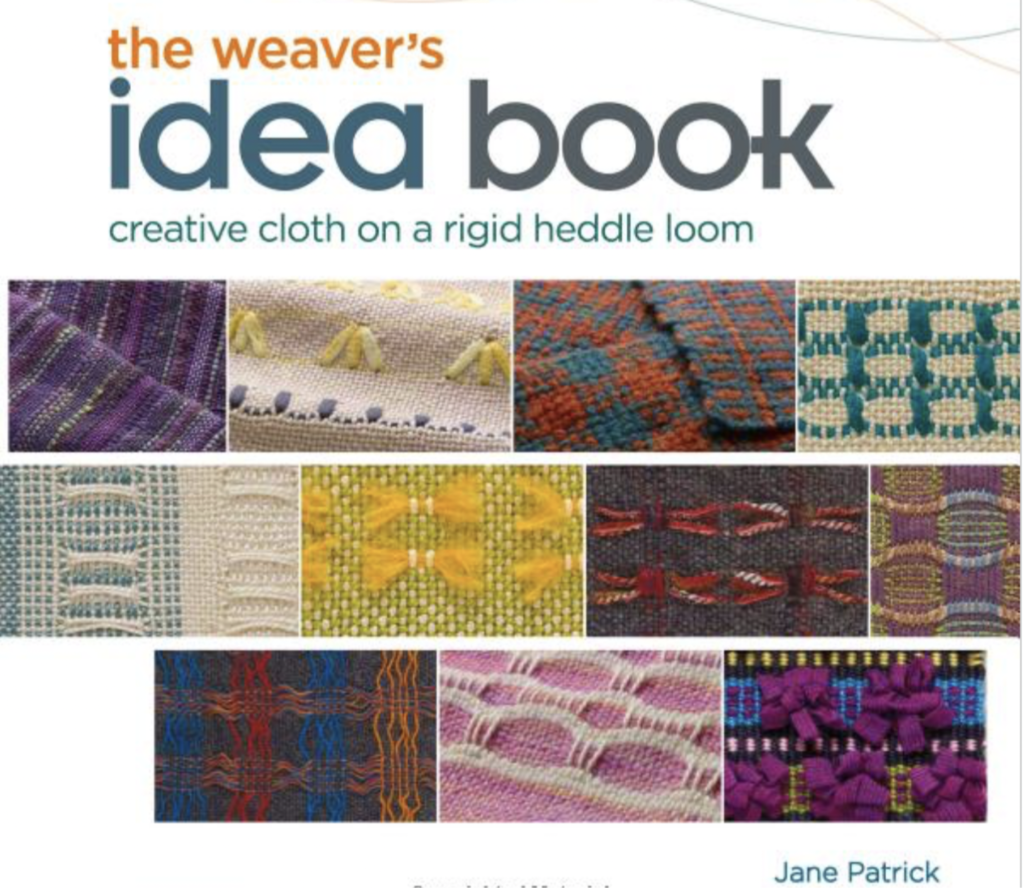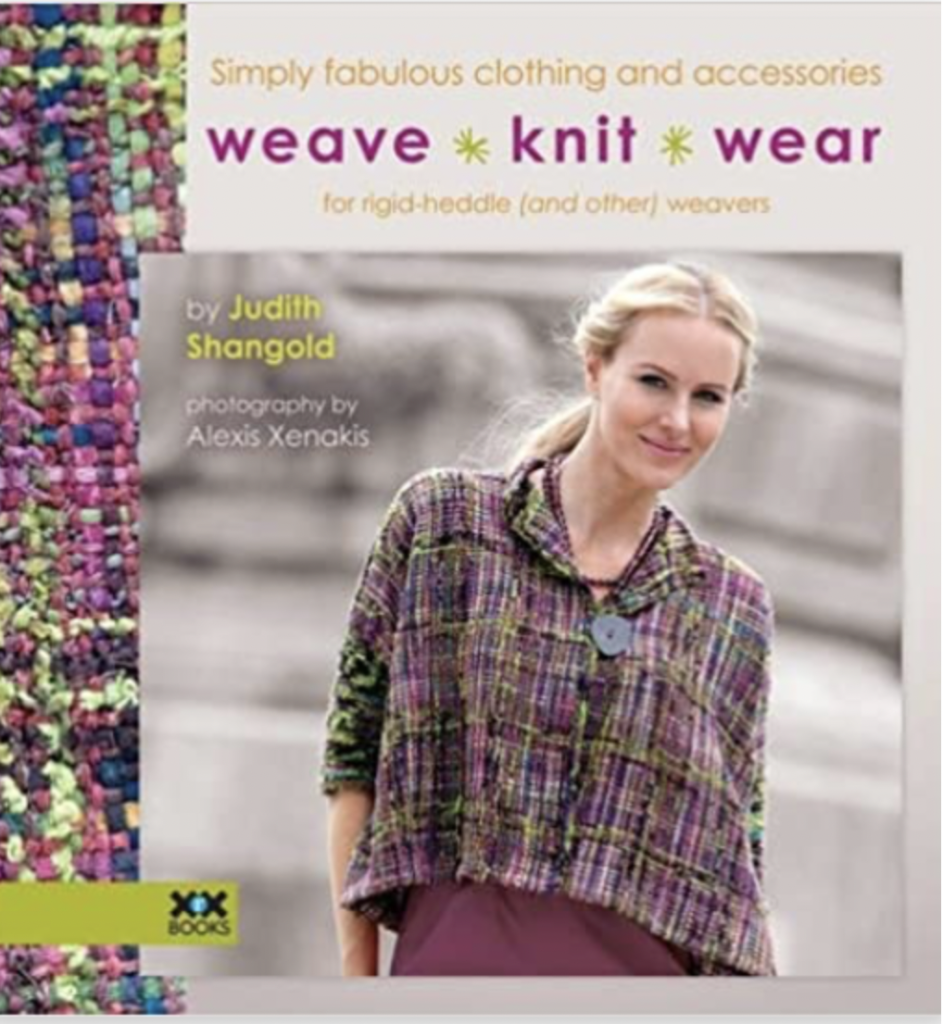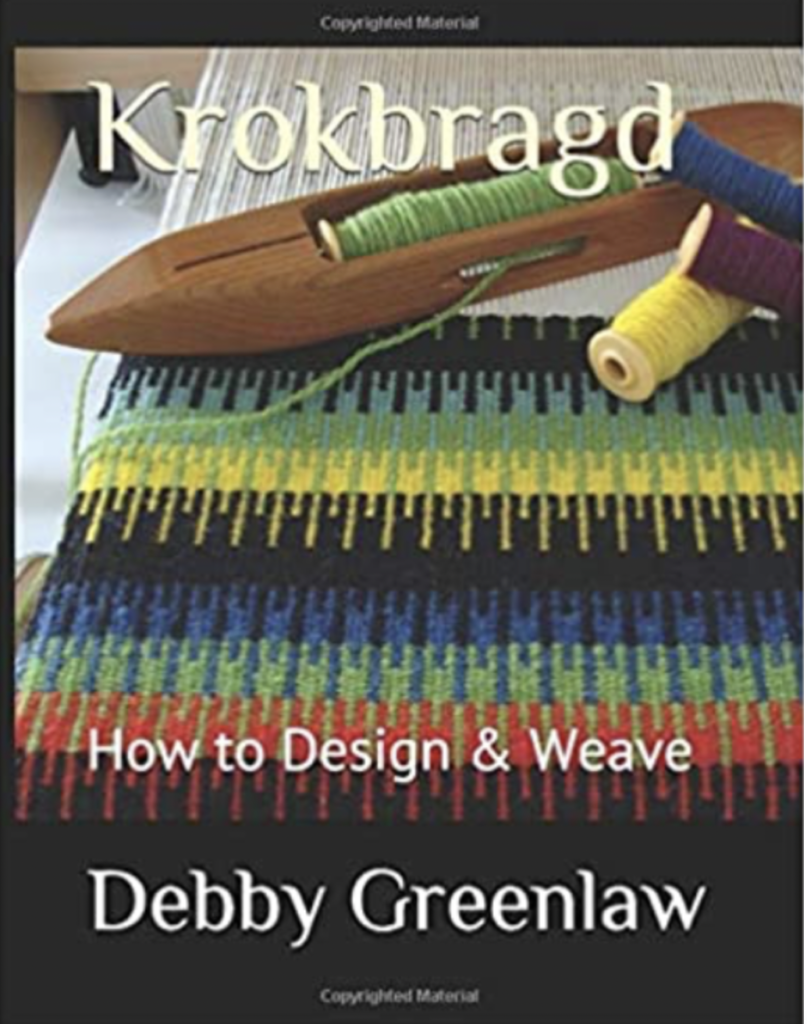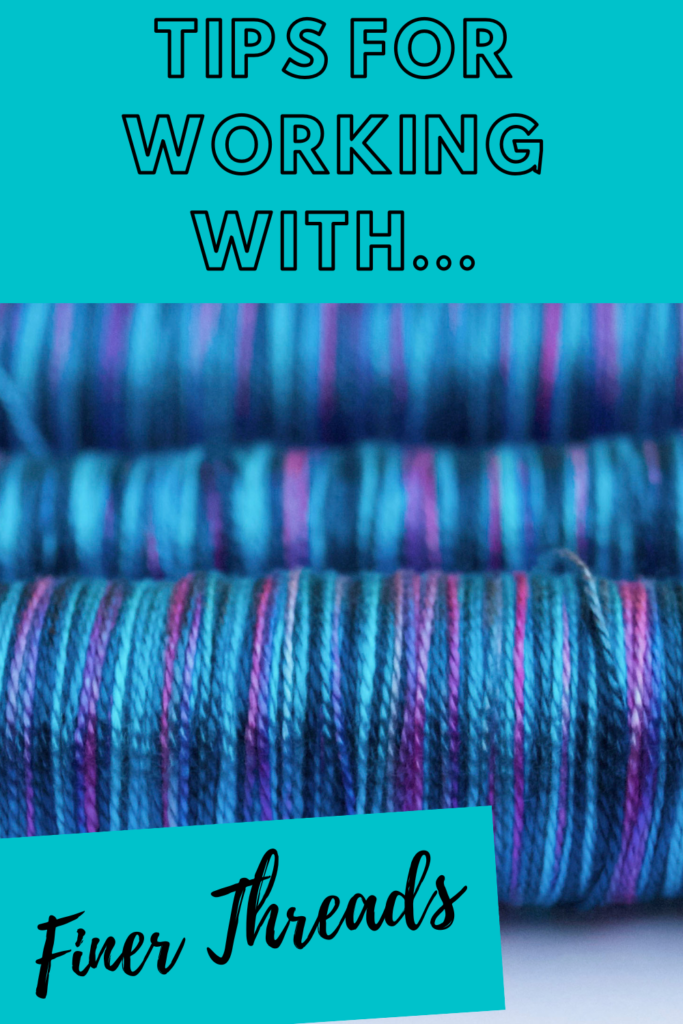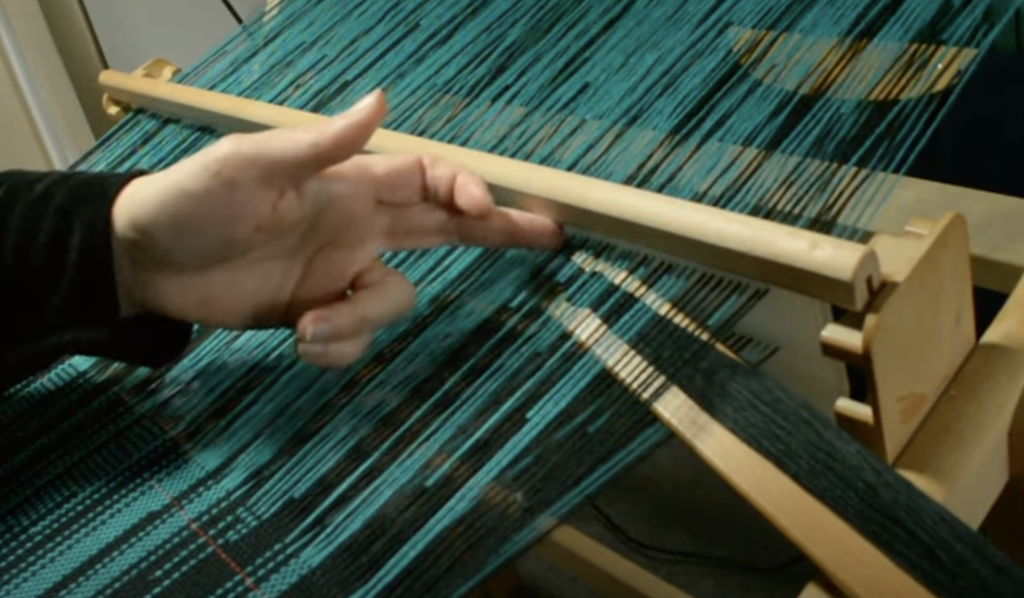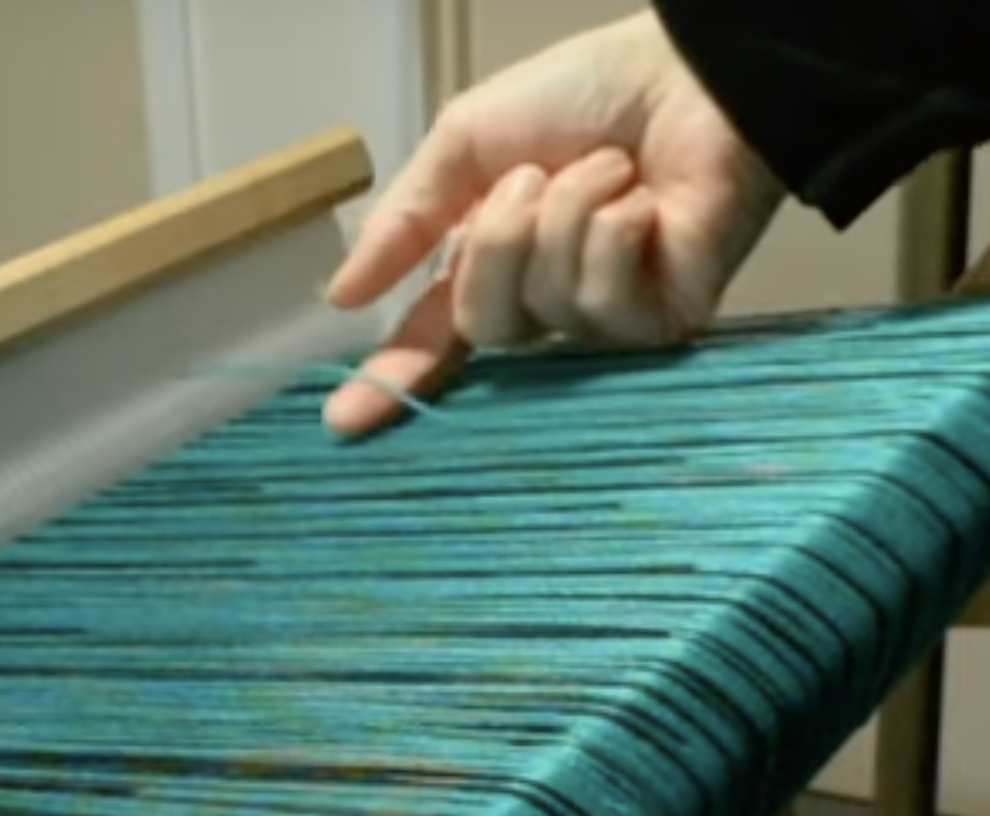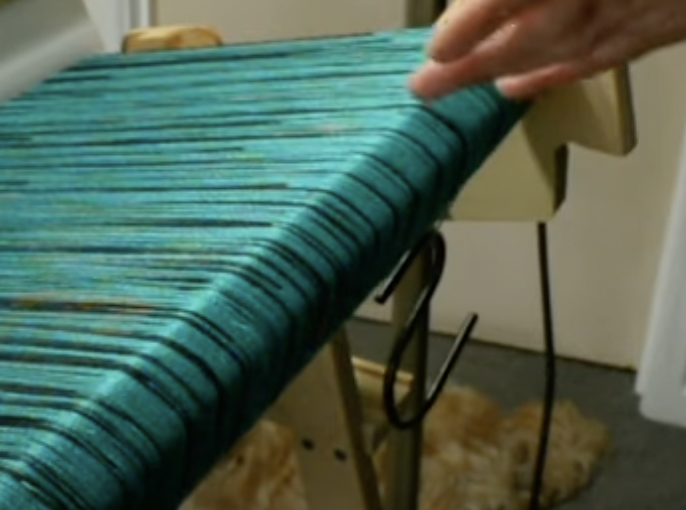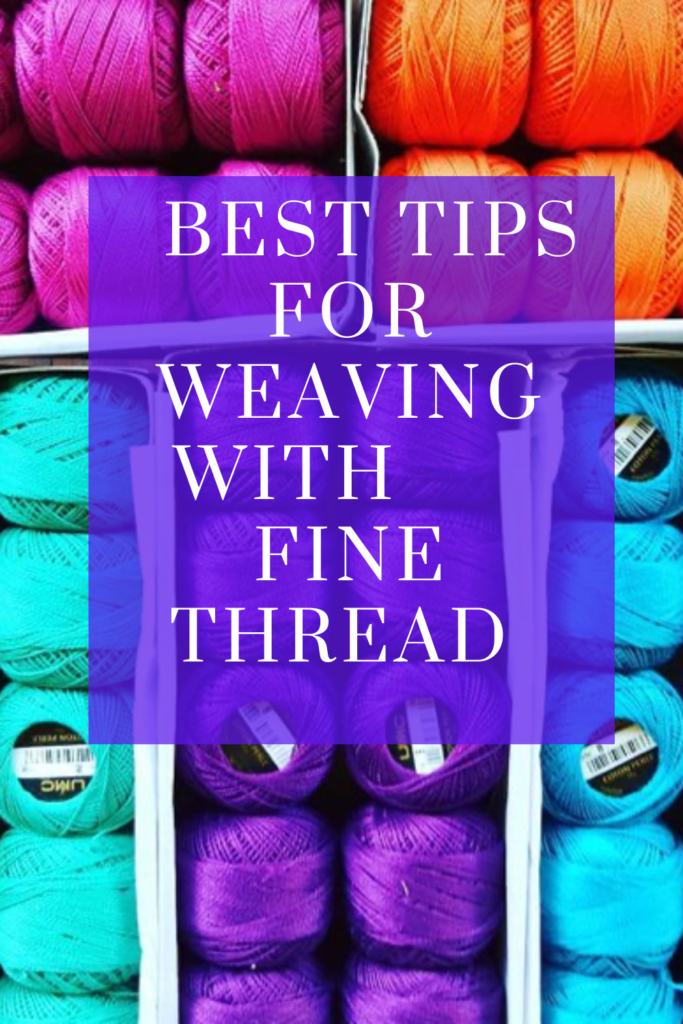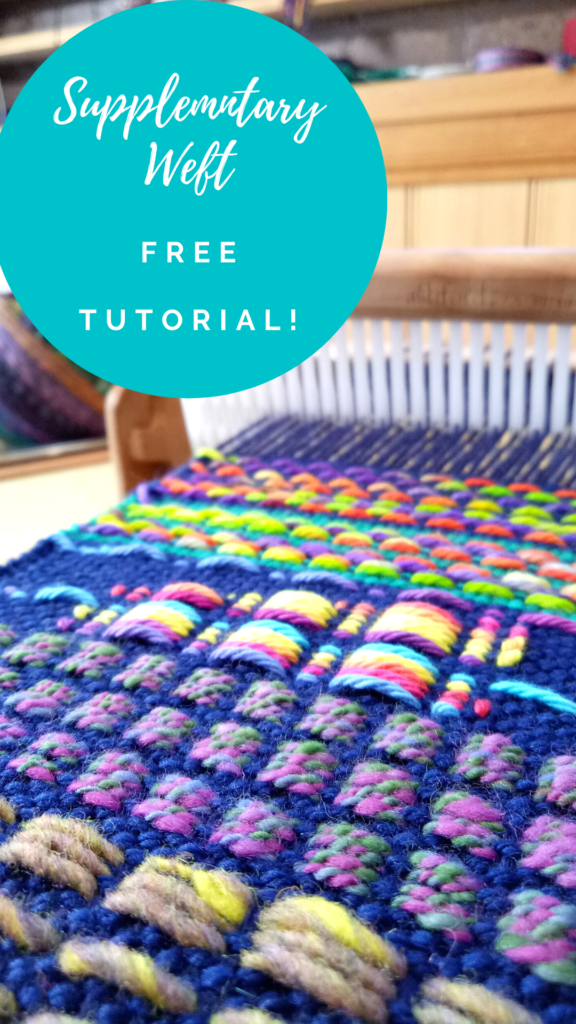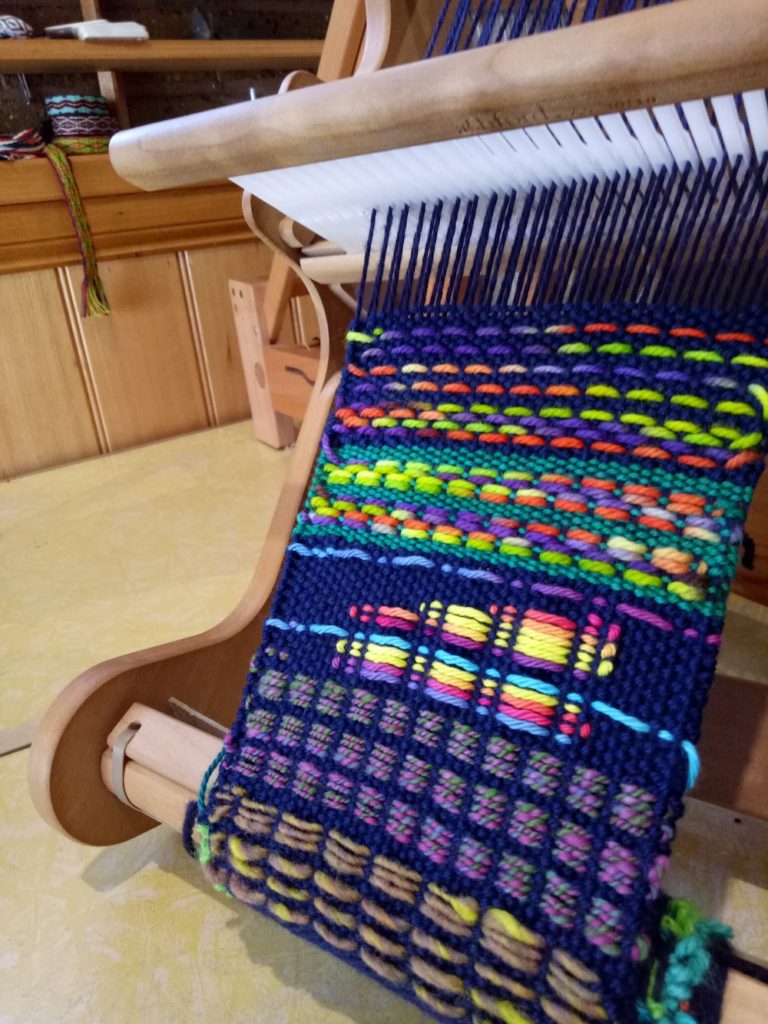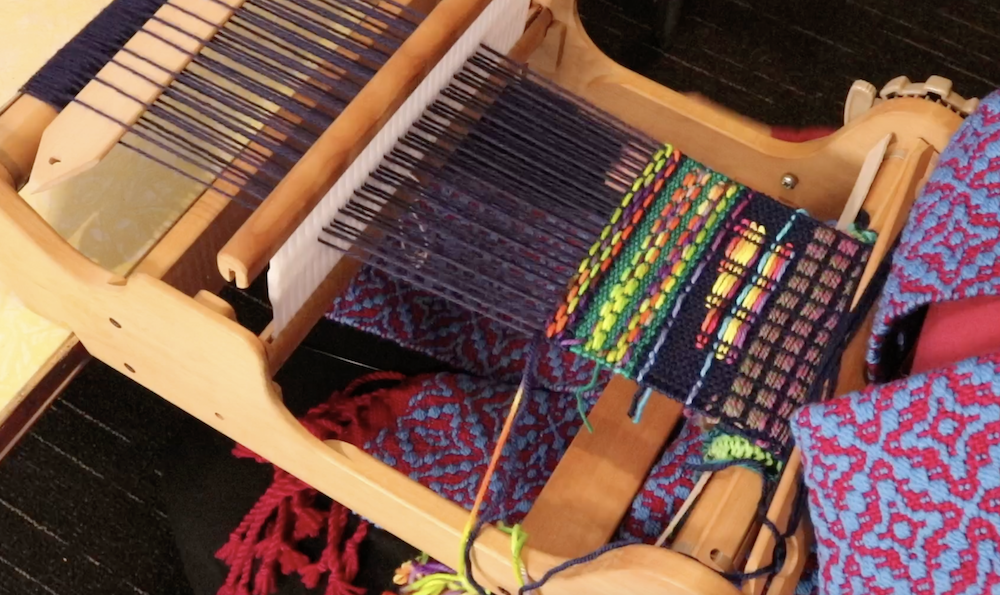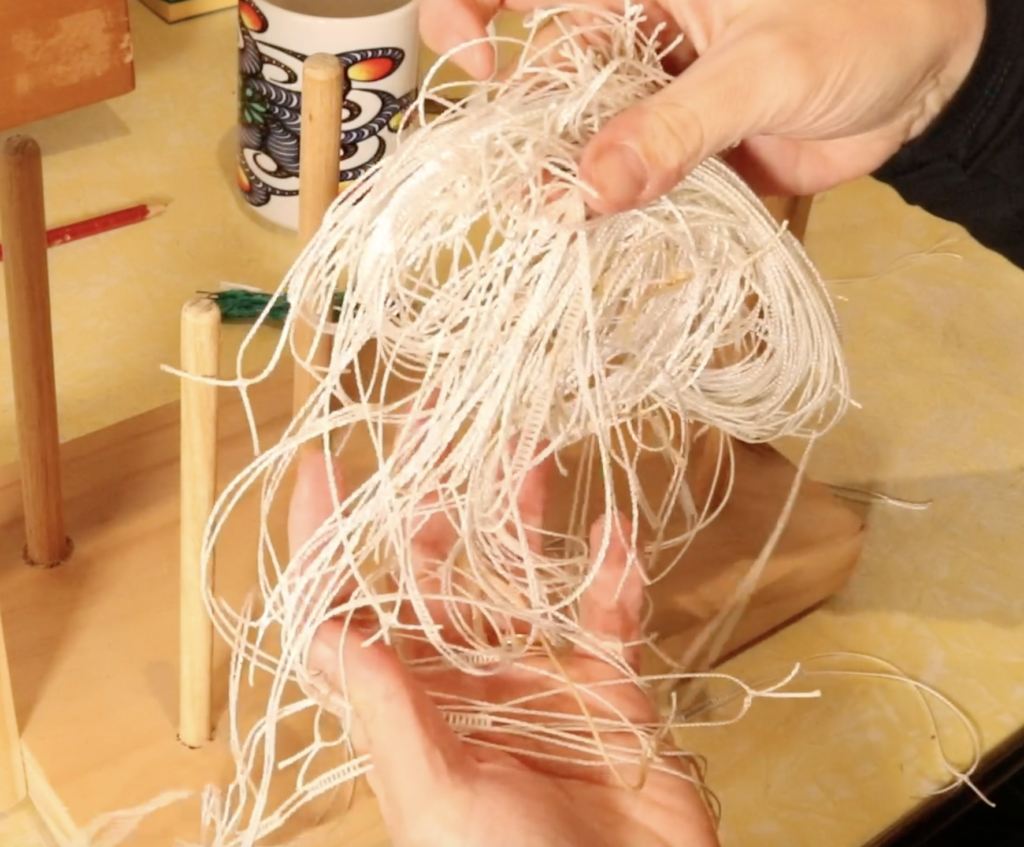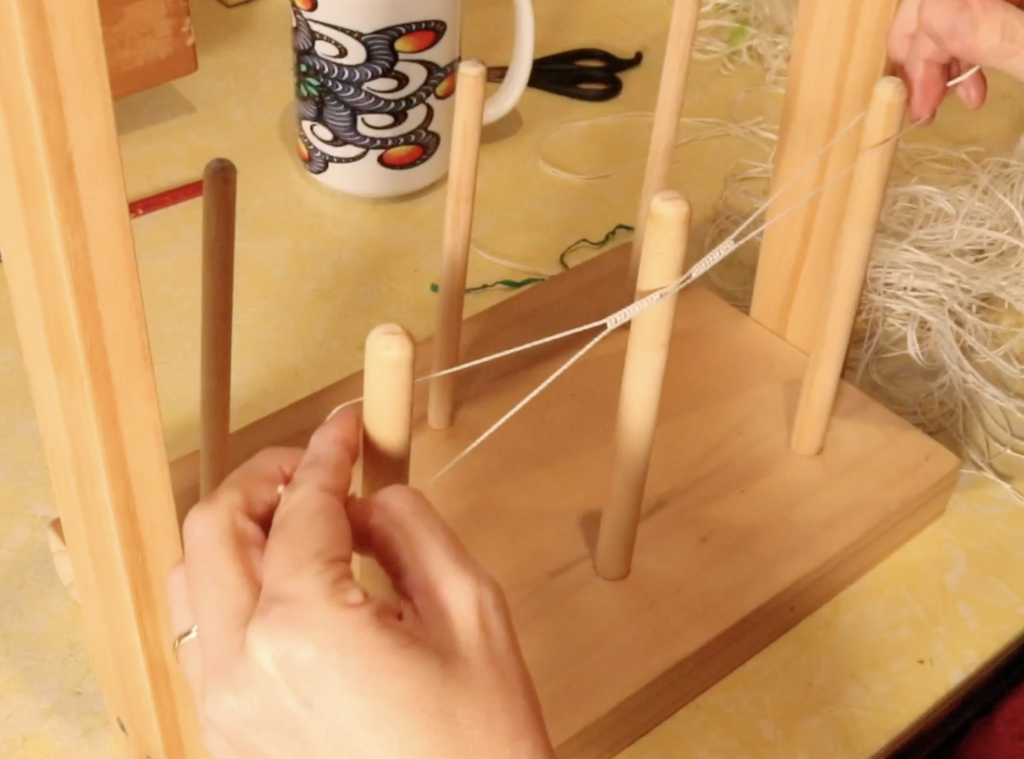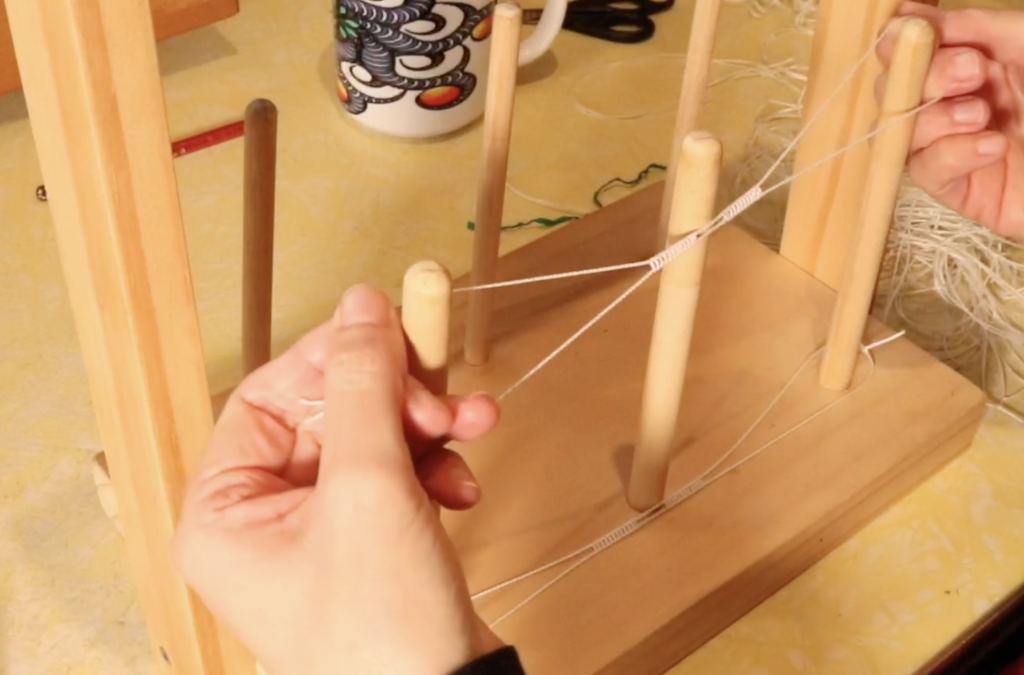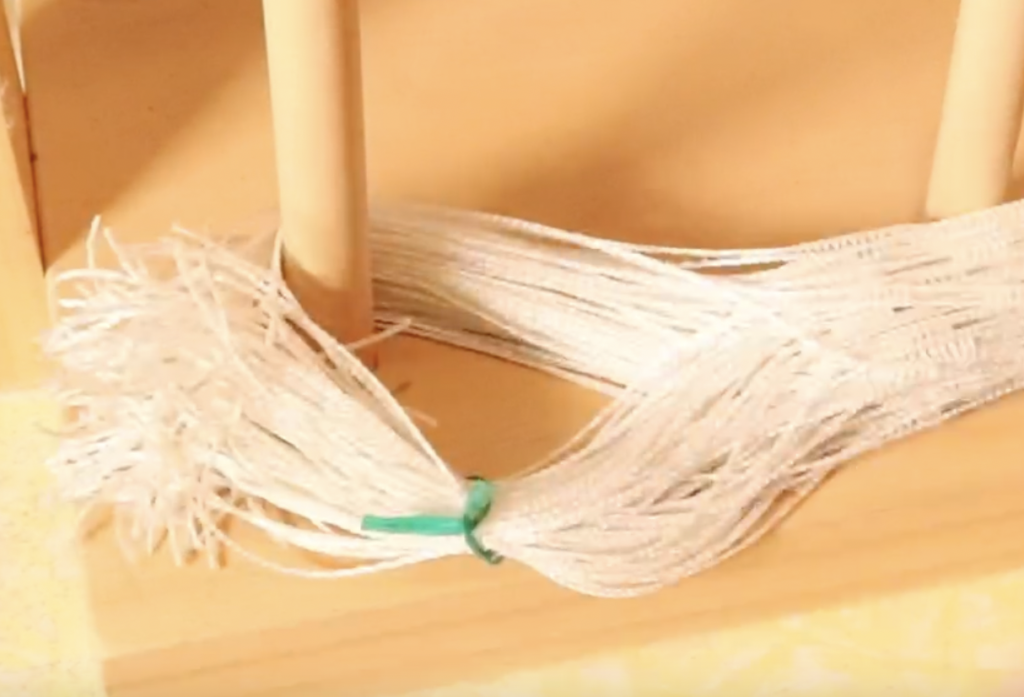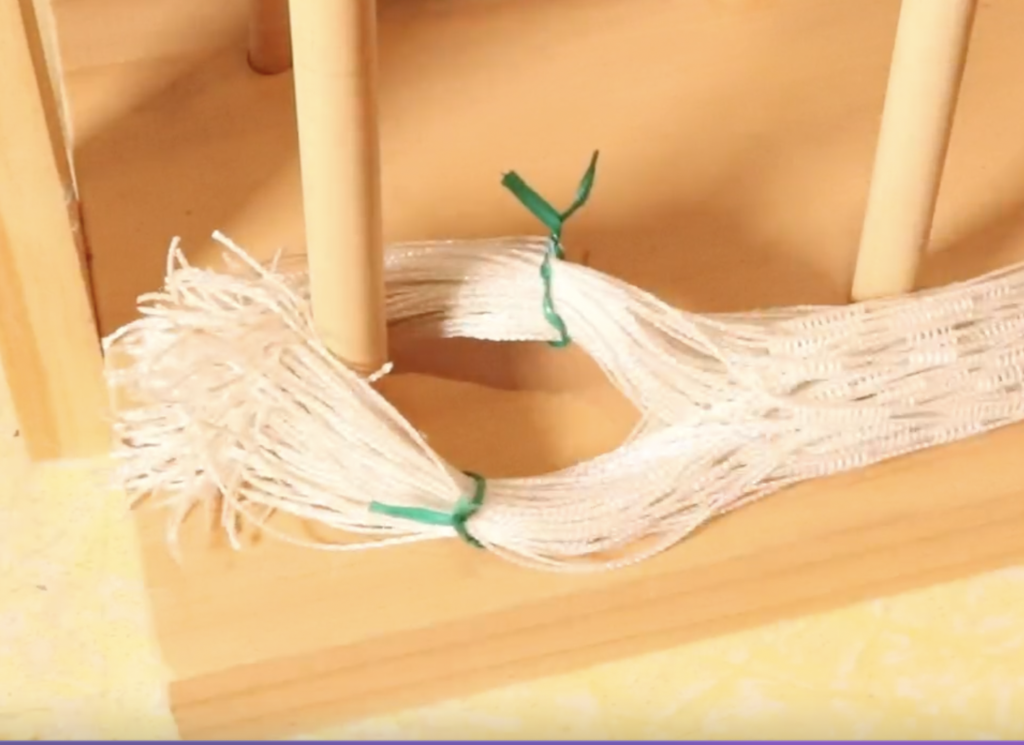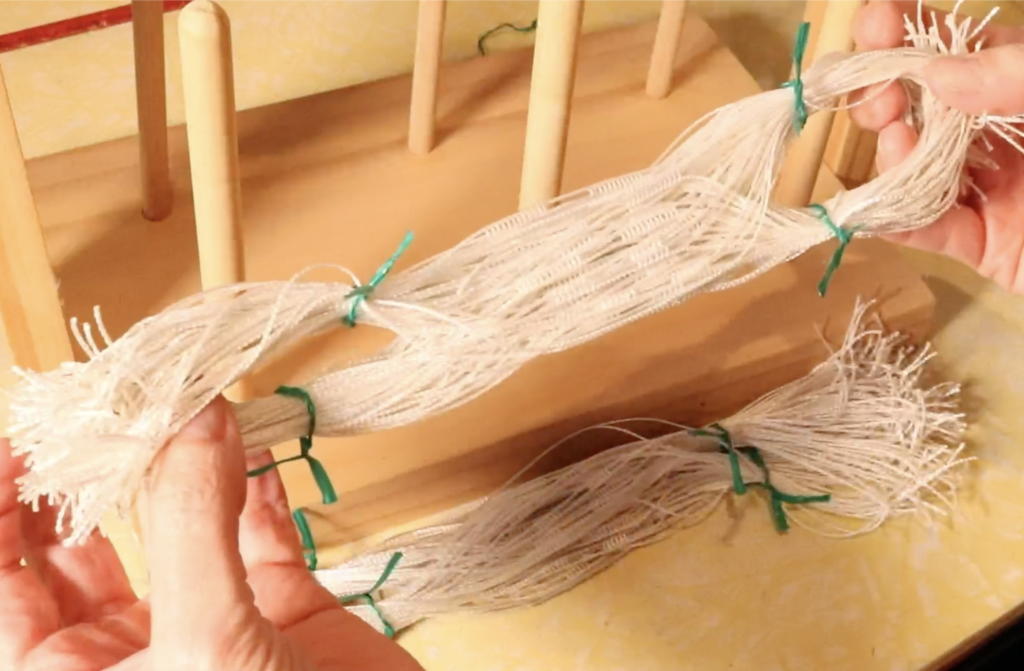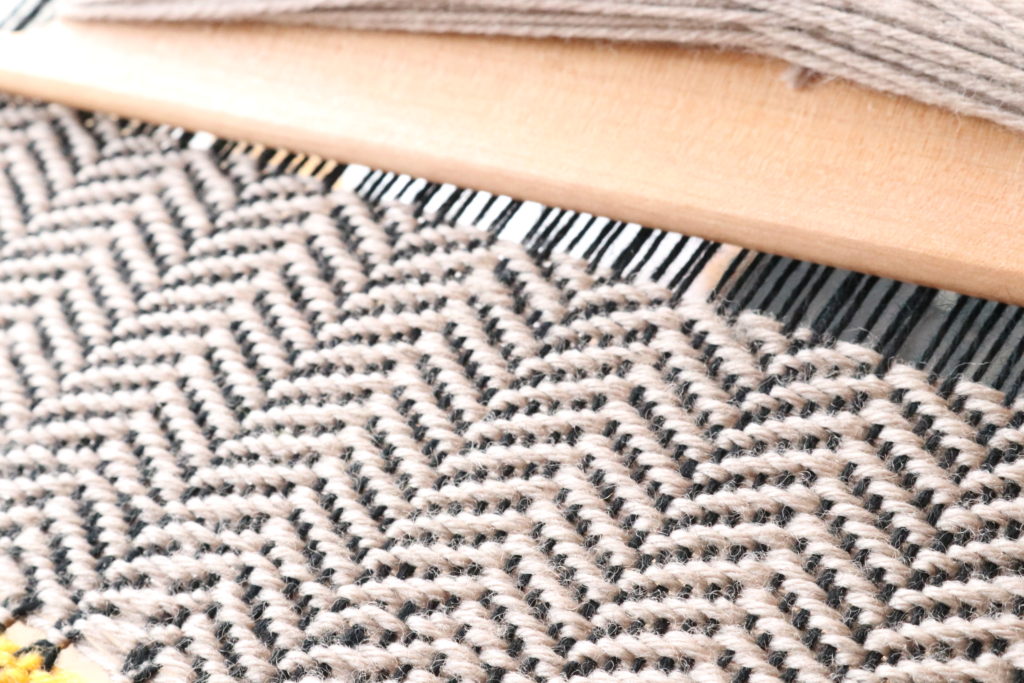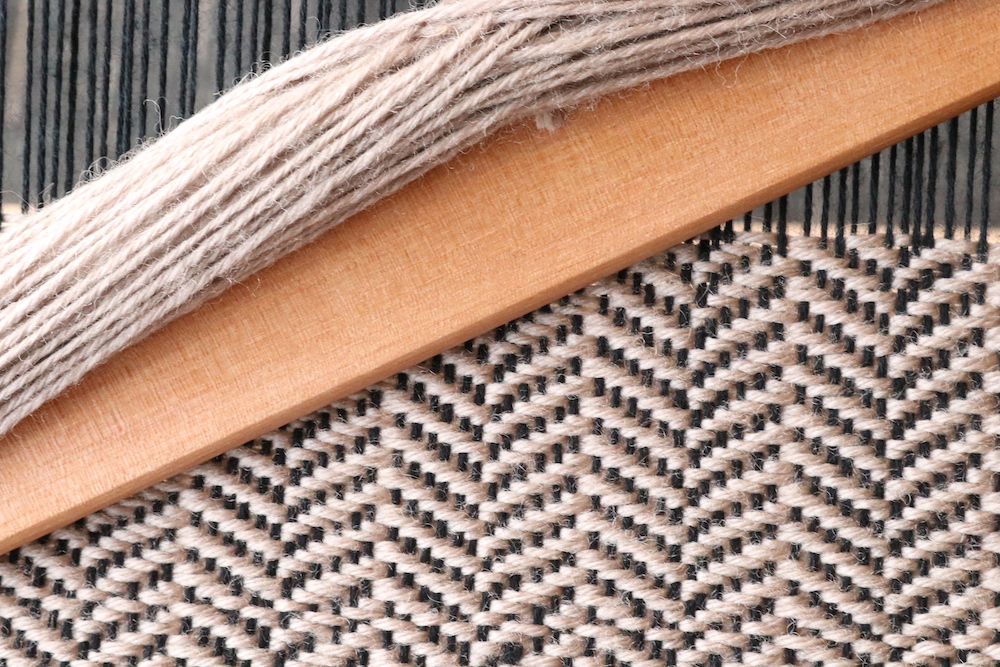OK, so you can call it raisin bread, fruit bread, or whatever. I don’t mind, I just know that I love to eat this stuff!
It tastes absolutely wonderful on the day of baking, spread with soft butter or as toast on following days. My girls are slightly disgusted that I absolutely love to slather my raisin bread toast with peanut butter, but there you have it 😋
Jump to RecipeI’ve been making this version of raisin bread for years, but most of the time I will call it fruit bread, as I tend to use sultanas rather than raisins.
*This post may contain affiliate links. Please see my disclosure policy for more information.
The beauty of it is you can add whatever dried fruit you like. Dried figs are gorgeous, currants, raisins, sultanas and dried apricots (I recommend dried organic apricots if you can get them, they taste so much better!) all work very well.

You also have the option of playing with the spice levels. Although this recipe only uses a mild dose of ground cinnamon, you can alter this if you are a spice lover and want more flavour. Add in some Christmas spices like nutmeg or other mixed spices if that is more your style!
This recipe makes 2 good sized loaves.
A word about bakeware. I generally bake 6 loaves of bread a week, all at one time. Sometimes they will all be just regular bread, often I do 4 regular and 2 raising bread and this tends to last my family a week.
I have fancy bread tins and non fancy bread tins. To be honest, I don’t find any difference between the two. A tin like this one will not cost you a fortune and will last for many years if you look after it.
My routine for bread tins is that I line them with non stick baking/parchment paper. I reuse these pieces of paper until they are so used that they are breaking apart. I haven’t counted, but I do know that I get many, many reuses from one piece when baking bread. I don’t care if they end up looking all browned and ratty, I conserve them as much as I can so I’m not overusing paper.
Using the paper also means that I don’t wash my bread tins very often and don’t need to.

Kelly’s Basic Fruit Bread Recipe
Ingredients
Method
- Warm the butter and milk together until butter is mostly melted.
- Add sultanas to warm liquid and set aside.
- Place all dry ingredients together in a large bowl (or the mixing bowl of your stand mixer).
- Whisk dry ingredients together briefly until blended.
- Add whisked egg to the warm milk and whisk in
- Add wet ingredients into dry. You can use the dough hook on your stand mixer, or mix by hand. If mixing my hand, spend a few minutes kneading the dough on a lightly floured bench until smooth.
- If your mixture seems too dry, add a little more milk in small amounts until the consistency is better. You don't want a super stiff dough, nor do you want a sloppy dough. Something in between is good!
- Place dough in an oiled bowl and cover. Allow to rise until doubled in size – usually this takes around 1.5 hours, depending on the room temperature.
- Remove dough from bowl and knead lightly. Cut into 2 equal portions.
- Place in lined bread loaf tins or place rounds on lined trays.
- Cover and allow to rise once more, this time for around 30 minutes.
- Preheat oven. Fan forced 210 celsius (410 Fahrenheit), regular 220 celsius (428 fahrenheit).
- After the second rise, slash the loaves and place in oven for 35 minutes. *Please note, this time can vary between ovens.
- Remove from oven and tins and place on a cooling rack.
- It is best to allow the loaves to cool completely before slicing – if you can wait that long…
You can see me baking this recipe in this video:
I have some other recipes you may be interested in:


